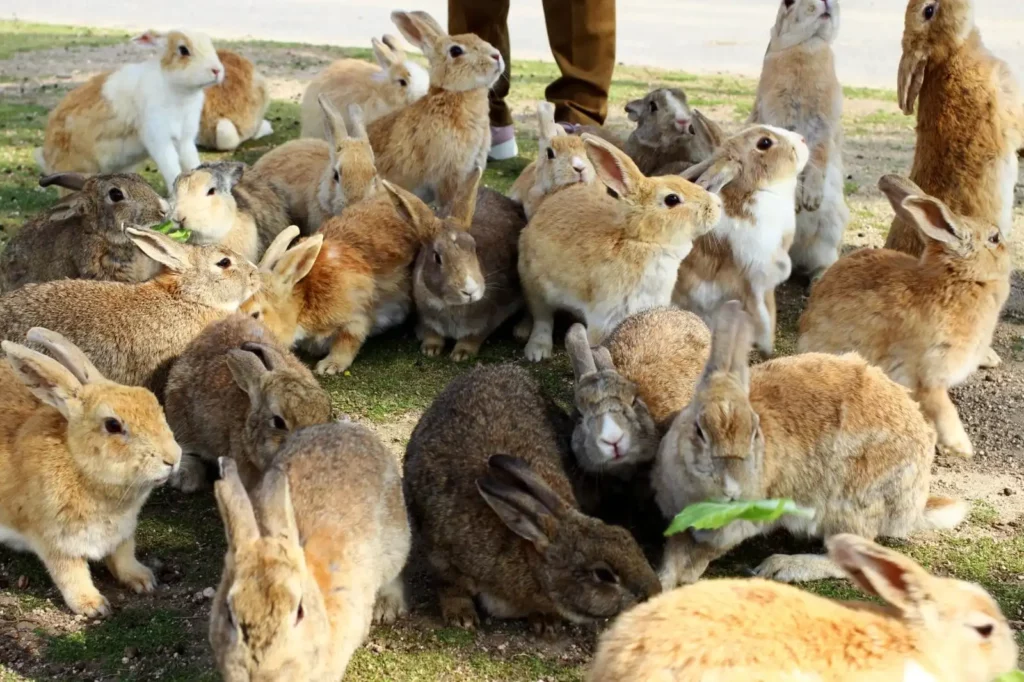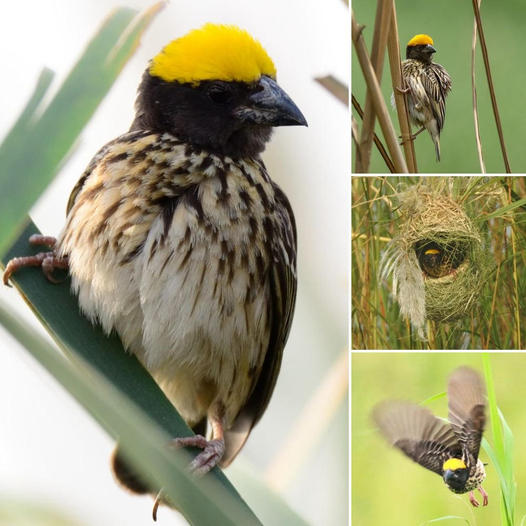
Ōkunoshima, also known as “rabbit island,” is a well-loved tourist spot in Japan that sees over 100,000 visitors every year. The island is famous for its population of more than 900 wild rabbits. Sadly, these cute bunnies are now in danger due to tourists overfeeding them and leaving food leftovers behind. This excess food is attracting predators from nearby islands, putting the rabbits at risk. Some visitors are also feeding the rabbits the wrong diet, making them weak and sick.
The increase in aggressive wildlife like rats, crows, and wild boars poses a threat to the vulnerable rabbit population. The most dangerous predators are the “jungle crows,” known for their aggression and ability to harm the rabbits. Kevin Short, a cultural anthropology professor at Tokyo University of Information Studies, warns that these crows can easily kill young or weak rabbits, and even prey on newborn bunnies.
Even though rabbits are not native to Ōkunoshima, they have become an integral part of the island’s ecosystem and tourism. Initially known for its wartime gas factory, the island saw the arrival of bunnies in the 1970s. Some believe they are descendants of a small group released by schoolchildren in 1971, while others think they are related to World War II test subjects.
To protect the well-being of the rabbits, visitors must follow feeding guidelines provided by city authorities. Instead of offering harmful foods like lettuce and carrots, it’s best to provide pelleted food, grass, and vegetables. Proper disposal of food leftovers is crucial to avoid attracting predators and endangering the rabbits.
By following these guidelines and taking precautions while visiting Ōkunoshima, we can all contribute to the protection of these adorable bunnies and their environment. Let’s work together to ensure that these rabbits continue to thrive on the island for years to come.



